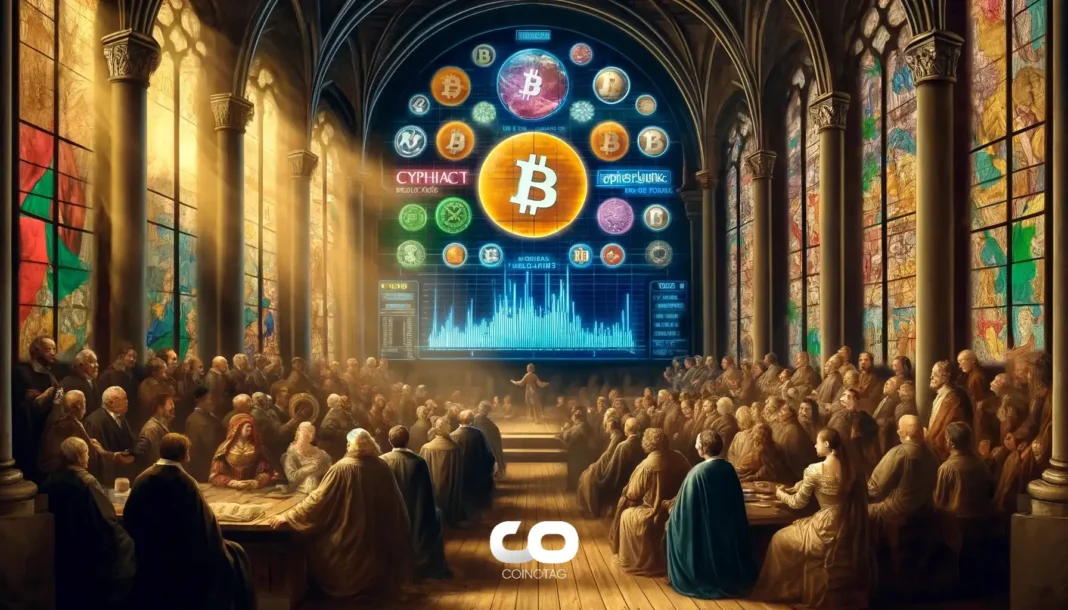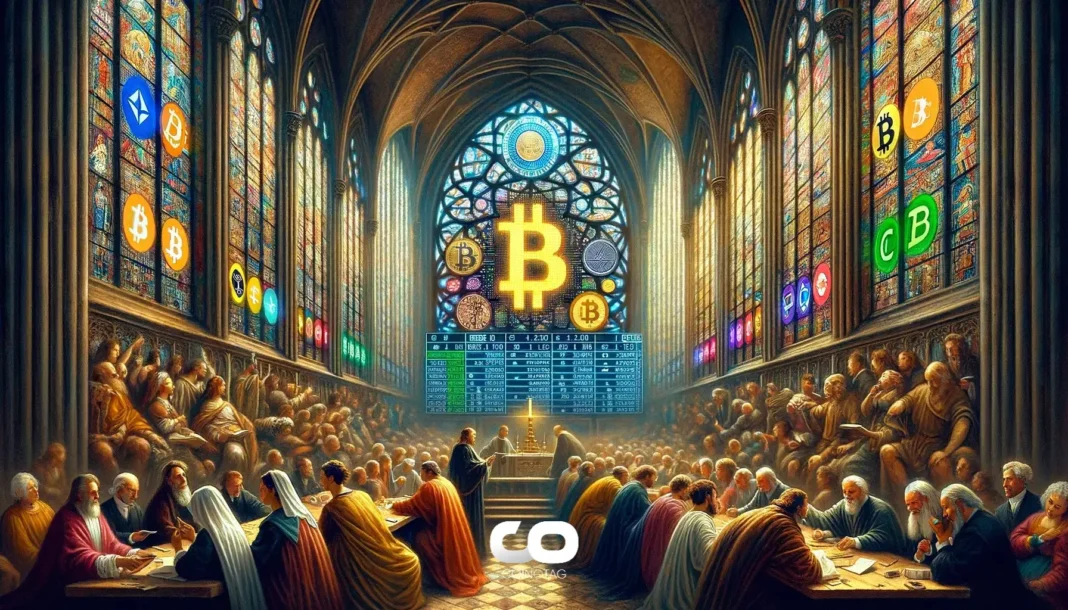-
Recent proposals to audit Fort Knox’s gold reserves by the Trump administration could reshape investor behavior, possibly steering funds towards bitcoin.
-
As market volatility looms, experts suggest that increased scrutiny of gold holdings may lead to a significant shift in how investors allocate their capital.
-
Fadi Aboualfa, Head of Research at Copper, remarked, “A time of increased scrutiny on underlying gold stocks could see interesting knock-on effects for digital assets.”
Trump’s gold audit proposal may drive investors towards bitcoin, impacting market dynamics and signaling a push for transparency in asset valuation.
Potential Shift in Investor Capital from Gold to Bitcoin
The possible audit of Fort Knox’s gold reserves may lead to increased market anxiety among traditional investors, prompting a reassessment of their current holdings. Financial analysts like Aboualfa argue that if significant doubts arise about the backing of gold ETFs, this could trigger a broader liquidity drain and a potential reallocation of funds into digital assets, particularly bitcoin. This unexpected shift highlights the growing trend where investors are continuously seeking transparency and verification in their asset holdings.
Concerns Over Gold Holdings and Market Revaluations
Recent events, including discussions on adjusting the valuation of the United States’ gold reserves to reflect contemporary market prices, underscore rising concerns in the traditional gold markets. Gold was pegged at an outdated price of $42.22 per ounce during the Bretton Woods era, while current prices near $3,000 could theoretically boost the Treasury’s gold valuations significantly, from approximately $11 billion to over $750 billion. This potential revaluation scenario indicates an urgent need for transparency in both gold and bitcoin as investors navigate an increasingly complex financial landscape.
Impact of Gold Supply Chain Dynamics on Bitcoin
As gold bars reportedly shift from London to New York, there are rising concerns about counterparty risks associated with gold trading. Aboualfa notes that banks are facing massive delays in gold deliveries, indicating an impending market dislocation. If the anticipated gold supply squeeze occurs, it will not only disrupt market operations but could also create new opportunities for bitcoin as a preferred alternative asset. With the paper gold market being significantly larger than the physical gold supply, the price volatility could push investors towards digital currencies, creating a fascinating dynamic within both markets.
The Future of Bitcoin as a Strategic Reserve Asset
Despite skepticism surrounding the U.S. Treasury’s immediate actions towards a Bitcoin Strategic Reserve (SBR), the discussions are gaining traction. Aboualfa suggests that halting the sale of confiscated bitcoins could mark the beginning stages of a practical SBR. This development could support the narrative of bitcoin as a digital store of value, especially as traditional assets face enhancements in scrutiny and validation. Such strategies might completely reshape how assets are viewed in the context of reserve values.
Conclusion
The potential audit of gold reserves, coupled with ongoing market shifts, signals a transformative phase for asset investments. As scrutiny of gold holdings intensifies, cryptocurrencies like bitcoin are likely to capture new interest from investors seeking transparency and stability. These changes may redefine investment strategies in the digital asset space, underlining the necessity for evolving financial systems to adapt to more transparent practices.







